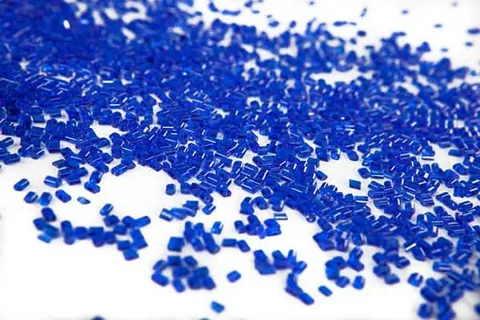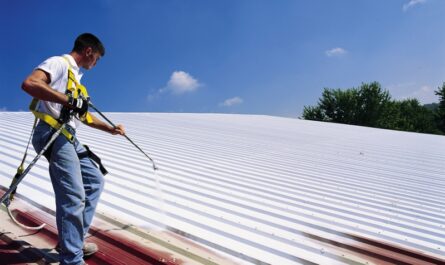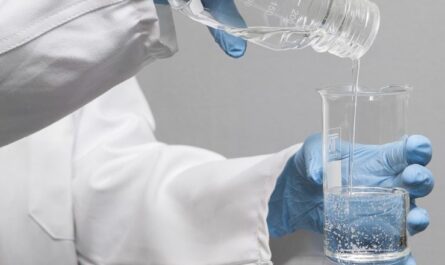What is Methyl Methacrylate? Exploring the Uses and Properties of this Important Chemical
Chemical Composition and Structure
Methyl methacrylate, also known by its abbreviated name MMA, is an organic compound with the chemical formula C5H8O2. Its systematic name is methyl 2-methylprop-2-enoate. MMA has an ester functional group, with a methyl group linked to the second carbon of its three-carbon acrylate chain. This monomer contains a double bond between the second and third carbons. Due to its electrophilic nature, MMA readily undergoes radical polymerization, forming polymethyl methacrylate (PMMA).
Manufacturing and Industrial Applications
MMA is produced industrially on a large scale through the acid-catalyzed condensation of acetone with formaldehyde and hydrocyanic acid. It can also be synthesized by reacting isobutylene with methanol in the presence of a strong acid catalyst. Annual global MMA production is estimated at over 6 million tons. Its widespread use stems from PMMA being a lightweight, transparent and durable thermoplastic. PMMA finds application as a raw material in the production of various plastics and surface coatings. Some key industrial uses of MMA include:
– Plexiglas and Oroglas Sheets: MMA is the primary constituent in acrylic sheets used for indoor/outdoor signs, lighting fixtures and architectural/display panels. PMMA provides optical clarity, brilliance and weatherability.
– Automotive and Appliance Components: MMA goes into the manufacture of molded or cast components for cars, motorcycles, washers, dryers and refrigerators requiring heat and impact resistance.
– Paints and Coatings: Liquid MMA formulations are employed as surface coatings for metal substrates such as pipes, tanks and structural steel. These coatings protect against corrosion and chemicals.
– Adhesives and Sealants: Cyanoacrylate-based superglues and methacrylate-based sealants leverage the adhesive qualities of MMA for woodworking and craft applications.
– Dentistry: MMA polymers are frequently used in dental restorations like crowns, dentures and orthodontic appliances for their aesthetics and biocompatibility.
Physical and Chemical Properties Methyl Methacrylate
Some notable physical and chemical properties of pure MMA monomer include:
– Molecular Weight: 100.12 g/mol
– Boiling Point: 100.5°C
– Melting Point: -48°C
– Density: 0.94 g/cm3
– Solubility: Miscible with most organic solvents such as acetone, methanol, dichloromethane
– Reactivity: Highly reactive due to carbon-carbon double bond, undergoes addition polymerization and can self-polymerize at elevated temperatures
– Stability: Stable under normal conditions but may release irritating vapors especially when heated
– Flash Point: 10°C
Toxicity Profile and Safety Precautions
While MMA is classified as a low acute toxicity substance, prolonged and repeated skin exposure may cause flare reactions in sensitized individuals. Its vapors are highly irritating to the eyes and respiratory tract above certain concentrations. MMA has also been shown to exhibit genotoxic and carcinogenic properties based on animal test data. As such, the following safety measures should be implemented when handling pure liquid MMA or MMA-containing products:
– Use in well-ventilated areas or with protective equipment like gloves, goggles and masks
– Avoid direct skin contact and do not ingest or inhale significant amounts
– Follow storage and disposal guidelines given by the manufacturer
– Maintain MMA levels below the stipulated exposure limits for workers
– Consider less hazardous alternatives where possible
Sustainability and Environmental Impacts
The mass production of MMA contributes to greenhouse gas emissions and consumes non-renewable resources. However, PMMA derived from it has several sustainability advantages:
– Fully recyclable at end of product lifetime through mechanical or chemical recycling methods
– Emits less carbon dioxide and uses less energy during production compared to glass or traditional plastics
– Durable properties mean products last longer before disposal is needed
– Optical clarity allows use of less material in lighting and glazing applications
Regulatory Status and Future Outlook of Methyl Methacrylate
The United States FDA classifies MMA as Generally Recognized as Safe for use in dentistry, contact lenses and medical devices. The European Union and other agencies have defined acceptable exposure levels for industrial workers. To reduce health and environmental risks, future research may focus on developing safer MMA alternatives. Meanwhile, the well-established demand for PMMA ensures MMA will remain an important organic feedstock and industrial chemical.




